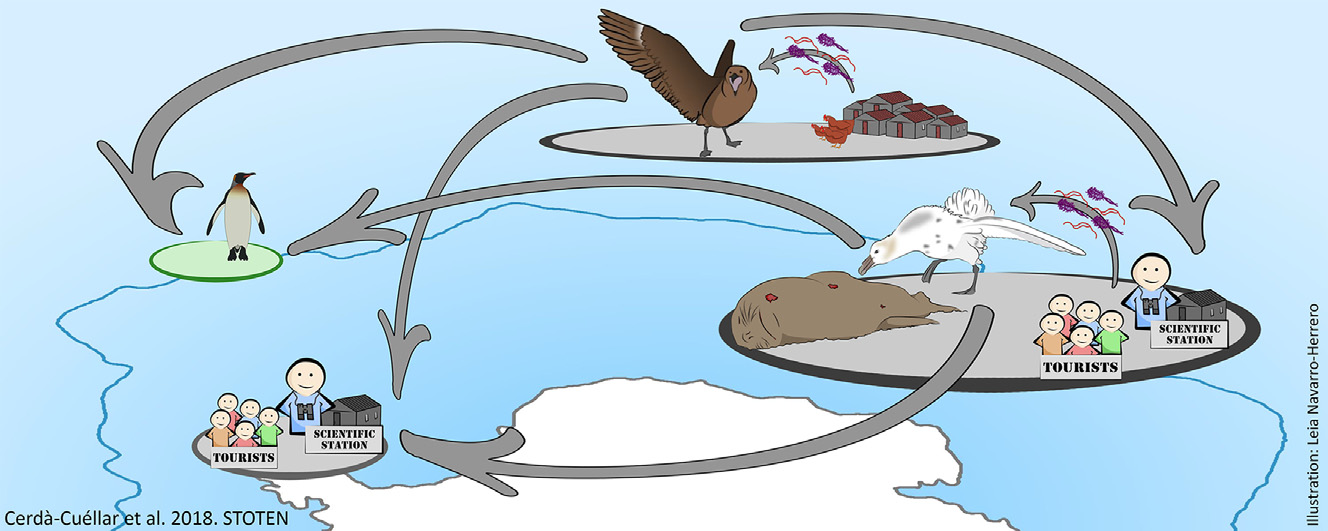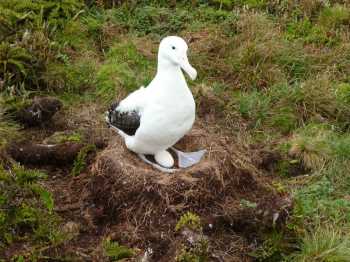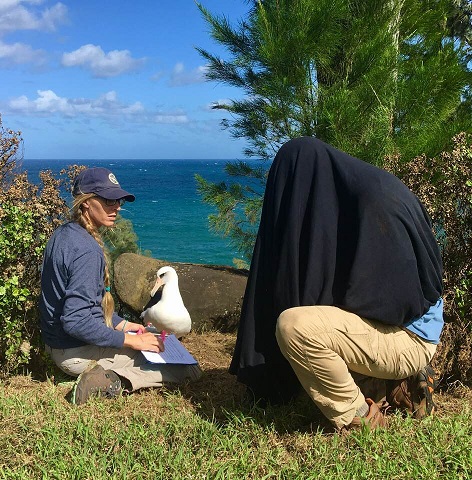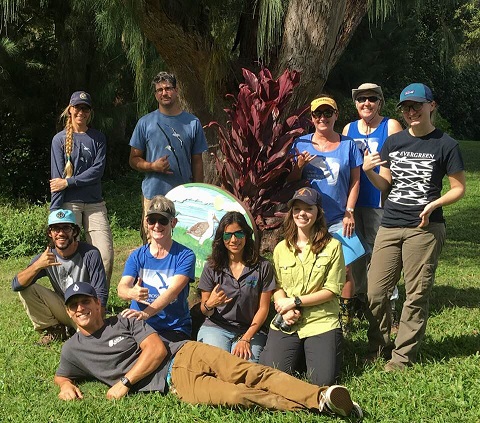Ricardo De Paoli‐Iseppi (Institute for Marine and Antarctic Studies, University of Tasmania, Hobart, Australia) and colleagues have published in the journal Molecular Ecology Resources on ageing Short‐tailed Shearwaters Ardenna tenuirostris by analysing their blood.
The paper’s abstract follows:
“Age structure is a fundamental aspect of animal population biology. Age is strongly related to individual physiological condition, reproductive potential and mortality rate. Currently, there are no robust molecular methods for age estimation in birds. Instead, individuals must be ringed as chicks to establish known‐age populations, which is a labour intensive and expensive process. The estimation of chronological age using DNA methylation is emerging as a robust approach in mammals including humans, mice and some non‐model species. Here we quantified DNA methylation in whole blood samples from a total of 71 known‐age Short‐tailed shearwaters (Ardenna tenuirostris) using digital restriction enzyme analysis of methylation (DREAM). The DREAM method measures DNA methylation levels at thousands of CpG dinucleotides throughout the genome. We identified seven CpG sites with DNA methylation levels that correlated with age. A model based on these relationships estimated age with a mean difference of 2.8 years to known age, based on validation estimates from models created by repeated sampling of training and validation data subsets. Longitudinal observation of individuals re‐sampled over 1 or 2 years generally showed an increase in estimated age (6/7 cases). For the first time, we have shown that epigenetic changes with age can be detected in a wild bird. This approach should be of broad interest to researchers studying age biomarkers in non‐model species and will allow identification of markers that can be assessed using targeted techniques for accurate age estimation in large population studies.”
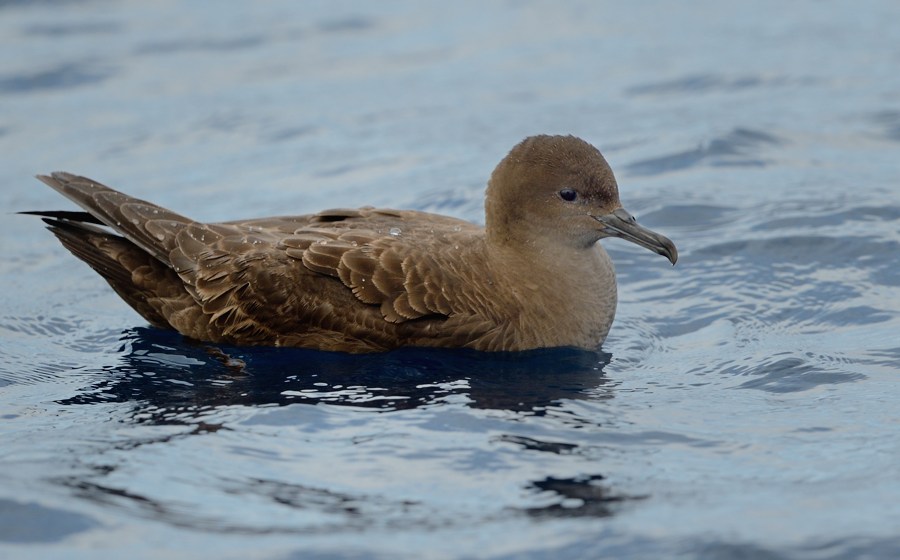
Short-tailed Shearwater, photograph by Kirk Zufelt
Reference:
De Paoli‐Iseppi, R., Deagle, B.E., Polanowski, A.M., McMahon, C.R., Dickinson, J.L., Hindell, M.A. & Jarman, S.N. 2018. Age estimation in a long‐lived seabird (Ardenna tenuirostris) using DNA methylation‐based biomarkers. Molecular Ecology Resources doi.org/10.1111/1755-0998.12981.
John Cooper, ACAP Information Officer, 02 January 2019

 English
English  Français
Français  Español
Español 